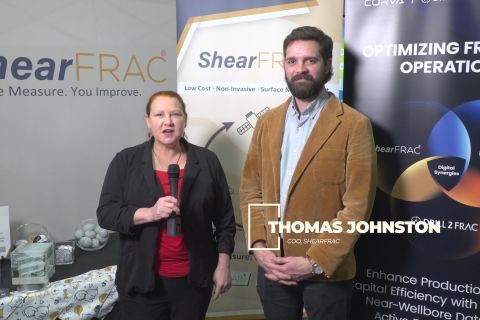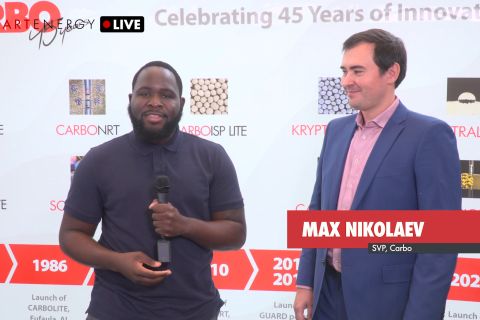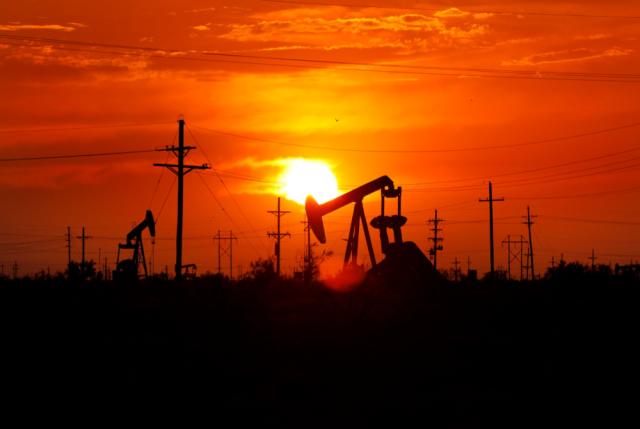
A lot of companies in the oil and gas space are looking at ESG expectations for methane emissions as an opportunity to differentiate themselves, says Jack Blears, director of E&P technology research at advisory firm Darcy Partners. (Source: Hart Energy)
FORT WORTH, Texas—If there was one message that resonated at Hart Energy’s Carbon Management Forum on July 12, it was that oil and gas companies in the Permian Basin are putting significant efforts in reducing the carbon footprint of their operations.
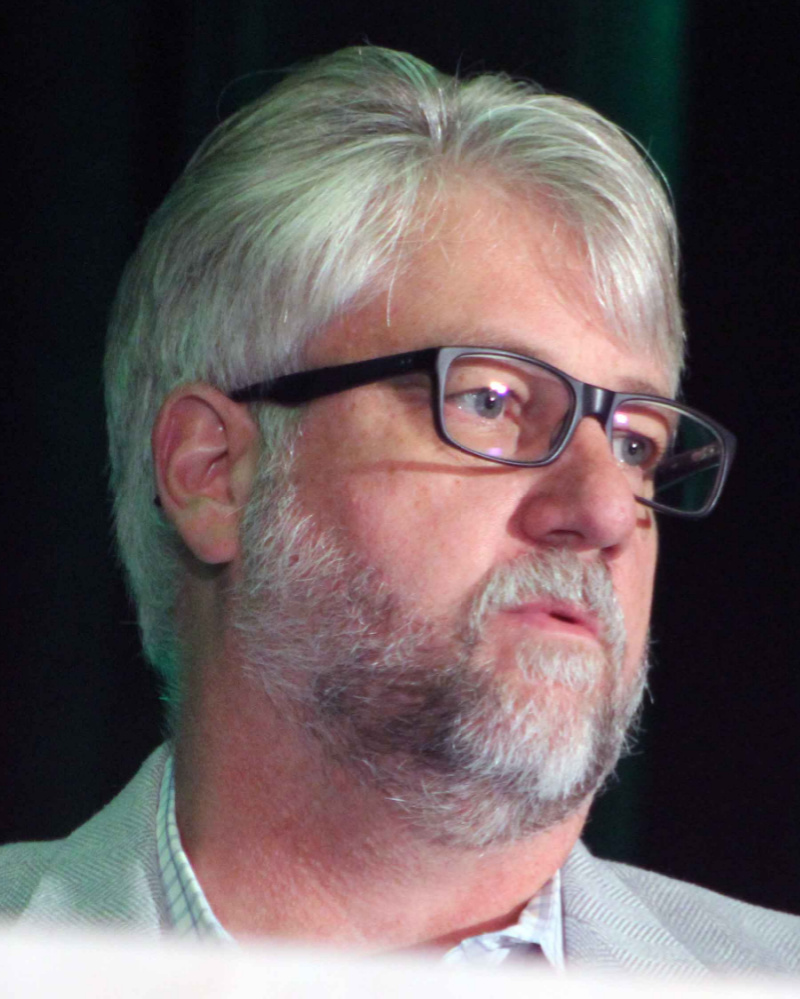
From flaring to carbon capture, executives during the event held in conjunction with the DUG Permian and Eagle Ford conference and exhibition highlighted their decarbonization efforts, discussing risks and opportunities of the path toward decarbonization.
“Energy transition and decarbonization isn’t a passing fad,” said Jason Offerman, co-founder and COO at carbon management platform Persefoni who kicked off the event. “Those who don’t who take it seriously will struggle to get access to capital. There won’t be any capital if there isn’t any focus on climate impact.”
Sustainability reporting will be critical for access to capital, Offerman continued stressing that carbon management is about managing risk and maintaining operations through the lens of decarbonization.
Later in the day, Jack Blears, director of E&P technology research at advisory firm Darcy Partners, opened the afternoon sessions by saying a lot of companies in the oil and gas space are looking at ESG expectations for methane emissions as an opportunity to differentiate themselves. It will take a different mindset among operators though.
“At the end of the day, it is an engineering problem and it’s up to the operators to solve the problem,” Blears said. Still, decarbonization is complex issue without a single right answer or solution.
“There isn’t going to be a single winner among technologies,” he said. “Multiple technologies will play a role.”
He pointed to a number of technologies currently available to help operators from lower cost solutions such as OGI cameras and point sensors to higher-cost aerial and satellite monitoring.
Following Blears overview, service providers Baker Hughes Venture, Crusoe Energy, Kairos Aerospace and Liftrock Integrated Lift Services took to the stage to outline many of the emission monitoring solutions available including some of today’s most effective technologies for leak detection and emissions mitigation.
With flaring of great concern in the Permian Basin, four CEOs of technology companies participated in the “Land of the (Emissions) Free” roundtable to discuss solutions for cutting flaring activity and other emissions-generating operations in the oil patch.
“When you hear our license to operate is being challenge, we don’t really have a choice but to deploy technology to address emissions,” said Jason Roe, CEO and president of EcoVapor, on the roundtable which also included CP Energy Services CEO Tracy Scott Turner, Locus Bio-Energy Solutions CEO Jonathan Rogers and Eyal Aronoff, CEO of Pioneer Energy.
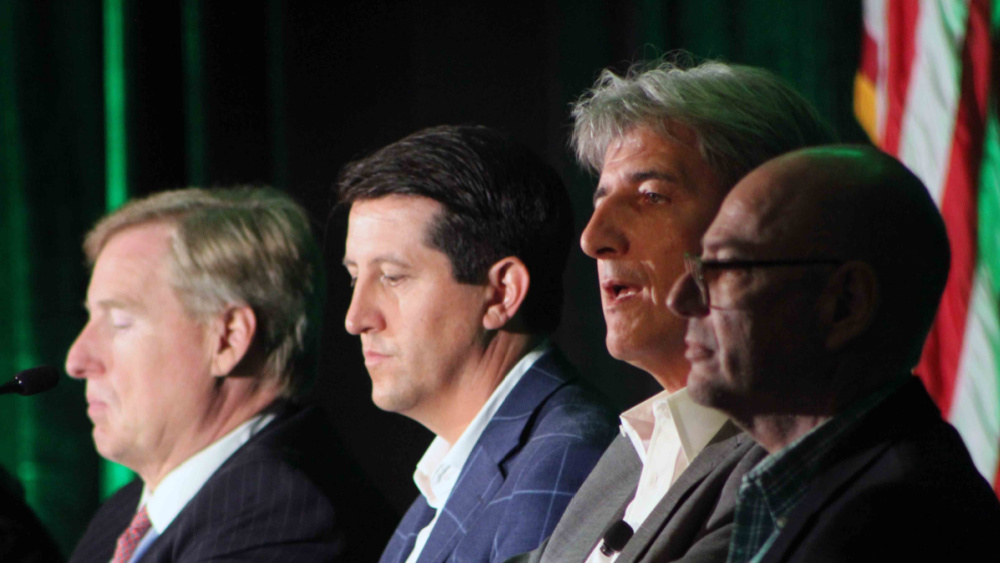
Rogers chimed in that current technology for mitigating emissions may be embryonic, it has proven successful in many cases. Further, there are many technologies and solutions available to reduce emissions, according to Aronoff, who added to earlier comments during the conference by Blears.

“The industry is really still trying to figure out its accounting and reporting,” Aronoff said, noting that solutions will develop as accounting develops.
Last year was a tipping point for the industry, he continued. “The supermajors came under a lot of pressure [on ESG and carbon management].” Aronoff indicated that the pressure has spurred progress with in the industry in attacking its emissions issues.
Over time oil and gas operators will need to look at addressing emissions in a more holistic fashion, according to Roe. “It can’t just be on initial production because if we only focus on the 80% we’re missing part of the problem,” he said. “We can’t just concentrate on super emitters.”
Oil and gas, particularly, natural gas, will be around for “a long, long time,” said Turner.
The day ended with a discussion on carbon recycling by Johanna Haggstrom, vice president, chemicals and hydrocarbon fuels technology at LanzaTech.
Haggstrom said 30% of the world’s carbon emissions come from six hard-to-decarbonize industries, such as steel and aviation. Additionally, technology can be used to turn carbon waste into useable gases for those industries.
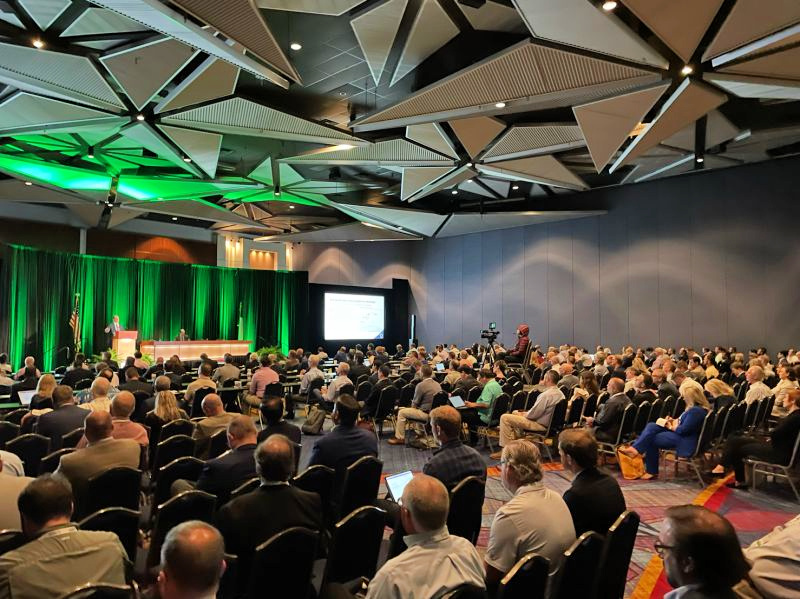
Recommended Reading
Sinopec Brings West Sichuan Gas Field Onstream
2024-03-14 - The 100 Bcm sour gas onshore field, West Sichuan Gas Field, is expected to produce 2 Bcm per year.
ShearFRAC, Drill2Frac, Corva Collaborating on Fracs
2024-03-05 - Collaboration aims to standardize decision-making for frac operations.
Exclusive: Carbo Sees Strong Future Amid Changing Energy Landscape
2024-03-15 - As Carbo Ceramics celebrates its 45th anniversary as a solutions provider, Senior Vice President Max Nikolaev details the company's five year plan and how it is handling the changing energy landscape in this Hart Energy Exclusive.
The Need for Speed in Oil, Gas Operations
2024-03-22 - NobleAI uses “science-based AI” to improve operator decision making and speed up oil and gas developments.
Chevron Hunts Upside for Oil Recovery, D&C Savings with Permian Pilots
2024-02-06 - New techniques and technologies being piloted by Chevron in the Permian Basin are improving drilling and completed cycle times. Executives at the California-based major hope to eventually improve overall resource recovery from its shale portfolio.


